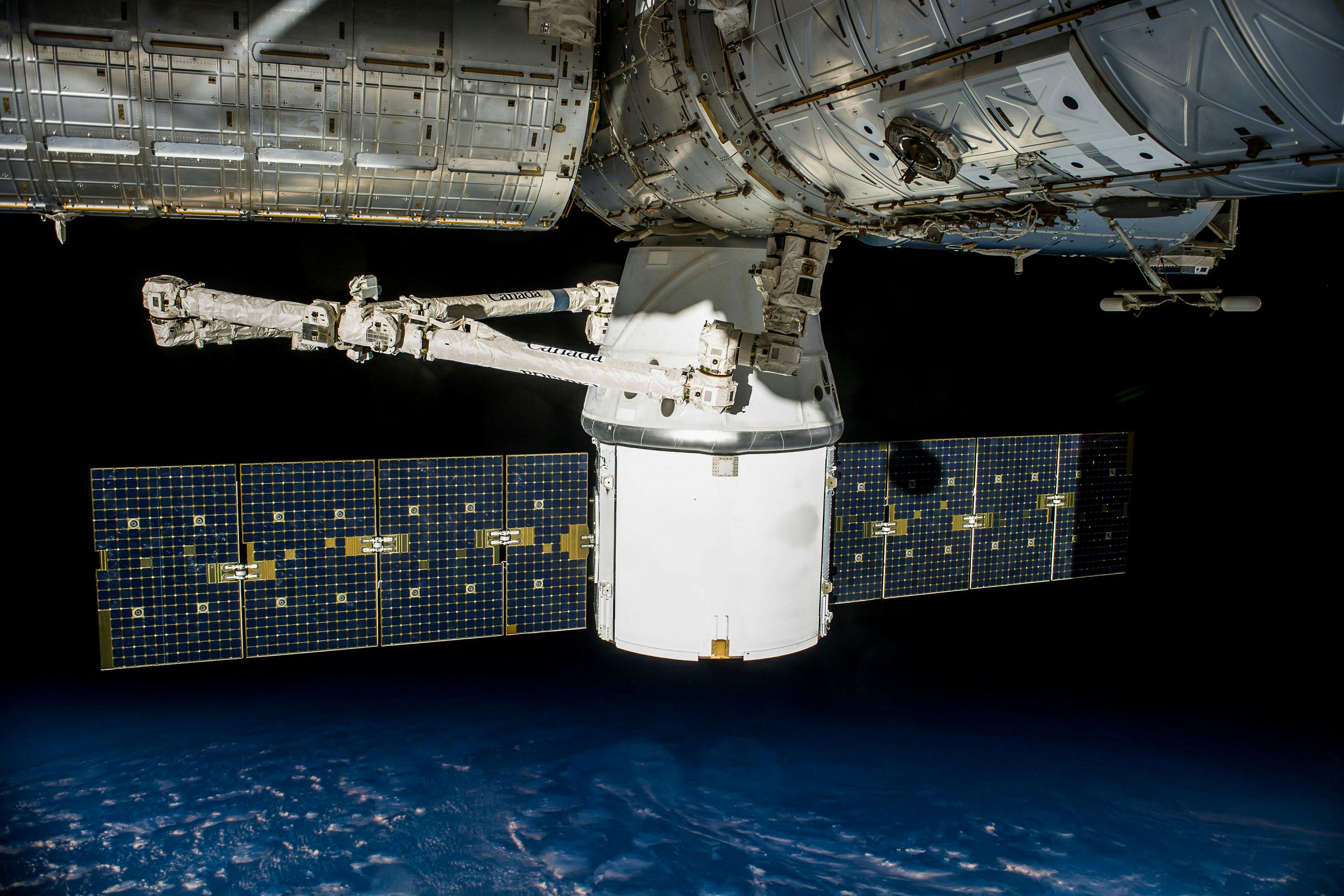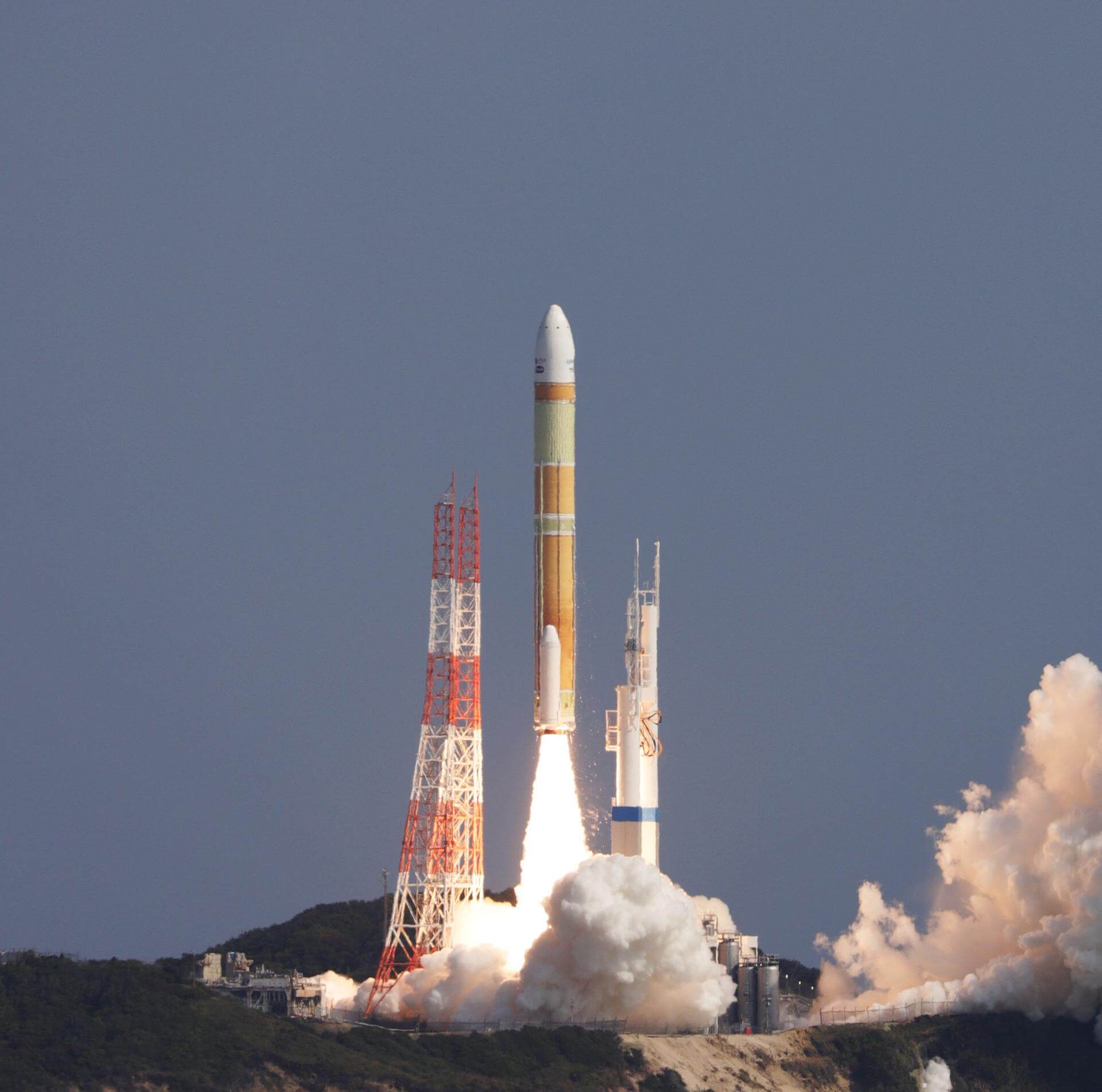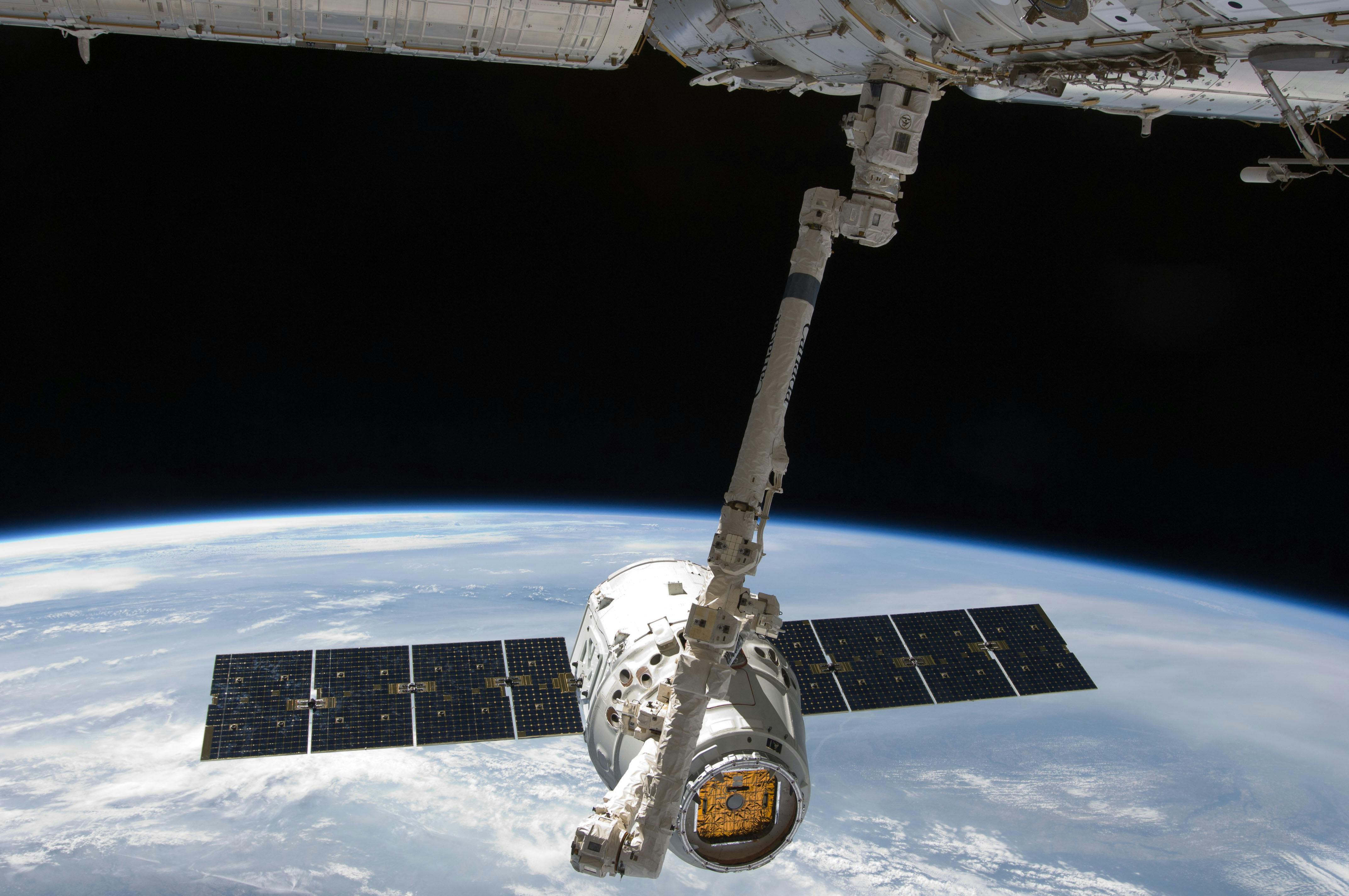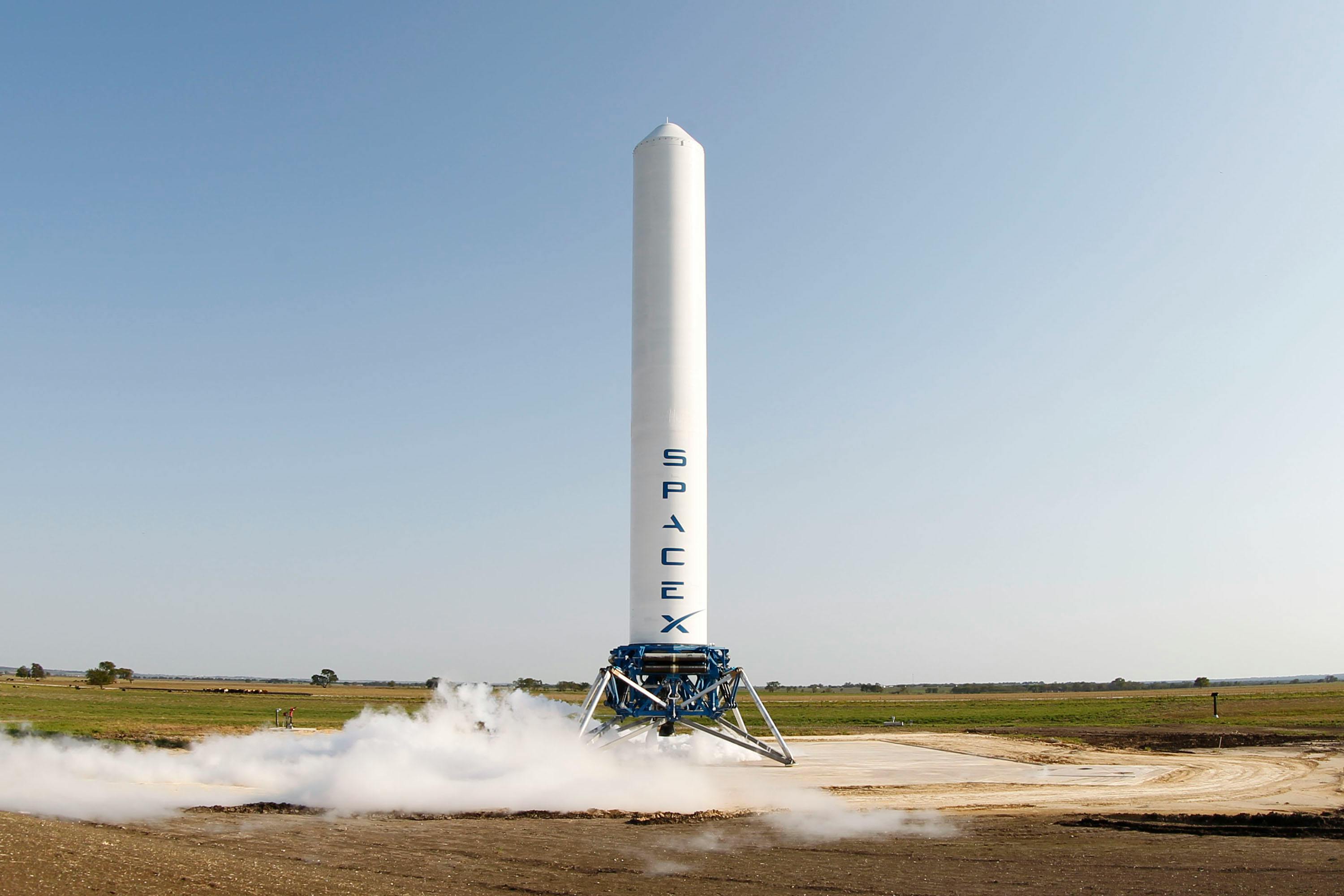· space brief · 5 min read
Space Brief 8 Mar 2025
Today's Space Brief covers the landing of the X-37B spaceplane after a 434-day mission, the postponement of SDA's satellite launch, and the fiery debris from SpaceX's Starship over The Bahamas.
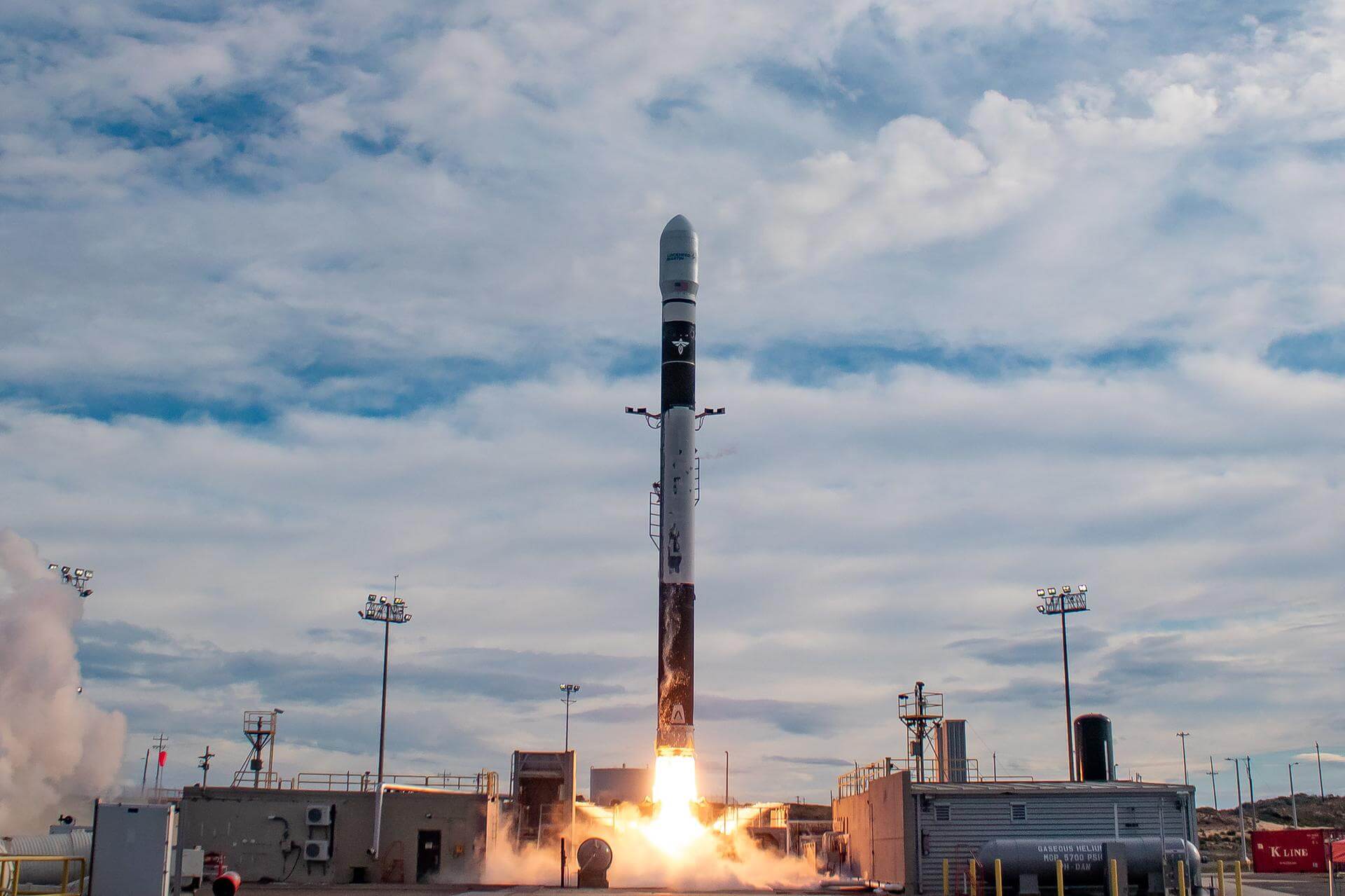
📄Top Stories
The U.S. Air Force’s X-37B spaceplane successfully concluded its 434-day orbital mission. The Space Development Agency has again delayed the launch of its first operational data relay and missile warning satellites, impacting their deployment timeline. SpaceX’s Starship Flight 8 experienced an upper-stage explosion, creating a spectacle over The Bahamas.
📰Detailed Coverage
X-37B Spaceplane Mission Concludes
The U.S. Air Force’s X-37B spaceplane has returned to Earth after a record-setting 434 days in orbit. Launched aboard a SpaceX Falcon Heavy rocket in December 2023, this mission was part of a series of classified operations conducted by the Boeing-built spacecraft, marking its seventh flight since 2010. The reusable spaceplane has fortified its reputation as a versatile platform capable of enduring extended missions in space.
Technical observers note that the X-37B operates with a dual mission of research and intelligence, with many of its objectives maintained under tight wraps. Its ability to test systems in a space environment for long durations is invaluable for the military, offering insights into the development of future satellite technologies and orbital craft. This event highlights the cutting-edge capabilities and prolonged endurance of current military spacecraft.
Read the full story: Spaceflight Now
SDA Delays Satellite Launch
The Space Development Agency (SDA) has announced another delay in launching its first operational data relay and missile warning satellites. Originally planned for September 2024, the Tranche 1 Transport and Tracking Layer constellations are integral to the Proliferated Warfighter Space Architecture stationed in low Earth orbit. This delay reflects the complexities associated with coordinating multiple technological and logistical elements.
The postponement emphasizes the strategic importance of these satellite networks for national defense, providing situational awareness and enhanced communication capabilities across various mission theatres. Maintaining the schedule for such pivotal systems underlines the SDA’s commitment to advancing military space infrastructure.
Read the full story: Breaking Defense
Fiery Fall of SpaceX Starship Debris
SpaceX’s latest Starship prototype, Flight 8, concluded with a dramatic display as its upper stage fragmented over the Atlantic Ocean near The Bahamas. The event took place on March 6, providing an awe-inspiring spectacle visible across a wide geographic area, including parts of Florida. Despite the fiery conclusion, the mission contributes valuable data to SpaceX’s ongoing development efforts.
This incident highlights the inherent challenges and unpredictable nature of testing large-scale launch vehicles as they edge closer to operational readiness. Such tests provide critical feedback, allowing engineers to make necessary refinements, improve safety, and ensure future mission success. Incidents like these serve as a reminder of the inherent risks in advancing space technology.
Read the full story: Space.com
Spotlight on Senate Armed Services
Roger Wicker, Chairman of the Senate Armed Services Committee, recently spotlighted his role leading the committee and its subcommittees. Wicker, who manages the Airland, Cybersecurity, and Emerging Threats subcommittees among others, continues to influence defense-related policymaking and budget allocations that affect military satellite operations.
His leadership aligns with legislative support for advancing the United States’ strategic capabilities in space. In addition to focusing on emerging threats, Wicker is expected to navigate complex interagency coordination required for enhancing defense infrastructure through cybersecurity and space programs.
Read the full story: Breaking Defense
🛰️Satellite Spotlight
- Satellite Name: BREEZE-M DEB [TANK]
- NORAD ID: 37845
- Launch Date: 2011 Oct 19
- Mission: This satellite debris serves as a relic of the Russian Briz-M propulsion stage, previously aiding in launching payloads to geostationary orbit.
- Orbit: Inclination 49.6979°, Period 216.15 minutes, Eccentricity 0.4511738
- Operator: Khrunichev Center (KHRR)
- Fun Fact: The Briz-M tank represents a prevalent challenge in space debris mitigation due to its long-lasting presence in highly elliptical orbits.
Current TLE Data:
1 37845U 11059C 25066.88753845 .00003365 00000+0 69171-3 0 9993
2 37845 49.6979 69.5334 4511738 185.9340 166.1676 6.42021889305968
Track this satellite in real-time on our web app: Track BREEZE-M DEB [TANK]
🚀 Upcoming Space Launches
March 9
- SpaceX Falcon 9:
- SPHEREx & PUNCH from Vandenberg Space Force Base, CA, USA (03:10 UTC)
SPHEREx is a planned two-year astrophysics mission to survey the sky in the near-infrared light, examining cosmic questions involving the birth of the universe, and the development of galaxies. The PUNCH mission will study the Sun’s outer atmosphere and solar wind.
- SPHEREx & PUNCH from Vandenberg Space Force Base, CA, USA (03:10 UTC)
- SpaceX Falcon 9:
- Starlink Group 12-21 from Cape Canaveral Space Force Station, FL, USA (Window: 04:10 - 08:41 UTC)
A batch of satellites for the Starlink mega-constellation - SpaceX’s project for space-based Internet communication system.
- Starlink Group 12-21 from Cape Canaveral Space Force Station, FL, USA (Window: 04:10 - 08:41 UTC)
- China Aerospace Science and Technology Corporation Long March 3B/E:
- Unknown Payload from Xichang Satellite Launch Center, People’s Republic of China (Window: 17:07 - 17:42 UTC)
Details TBD.
- Unknown Payload from Xichang Satellite Launch Center, People’s Republic of China (Window: 17:07 - 17:42 UTC)
March 10
- Rocket Lab Electron:
- The Lightning God Reigns (iQPS Launch 1) from Rocket Lab Launch Complex 1, Mahia Peninsula, New Zealand (Window: 00:00 - 02:00 UTC)
Synthetic aperture radar Earth observation satellite for Japanese Earth imaging company iQPS.
- The Lightning God Reigns (iQPS Launch 1) from Rocket Lab Launch Complex 1, Mahia Peninsula, New Zealand (Window: 00:00 - 02:00 UTC)
March 11
- SpaceX Falcon 9:
- Starlink Group 12-16 from Cape Canaveral Space Force Station, FL, USA (Window: 12:18 - 16:49 UTC)
A batch of satellites for the Starlink mega-constellation - SpaceX’s project for space-based Internet communication system.
- Starlink Group 12-16 from Cape Canaveral Space Force Station, FL, USA (Window: 12:18 - 16:49 UTC)
- China Aerospace Science and Technology Corporation Long March 8:
- G60 Group TBD from Wenchang Space Launch Site, People’s Republic of China (Window: 16:31 - 17:05 UTC)
Low Earth Orbit communication satellites for the G60 constellation with plans to establish a large communication network.
- G60 Group TBD from Wenchang Space Launch Site, People’s Republic of China (Window: 16:31 - 17:05 UTC)
March 12
- SpaceX Falcon 9:
- Transporter 13 (Dedicated SSO Rideshare) from Vandenberg Space Force Base, CA, USA (Window: 06:39 - 07:25 UTC)
Dedicated rideshare flight to a sun-synchronous orbit with small microsatellites and nanosatellites.
- Transporter 13 (Dedicated SSO Rideshare) from Vandenberg Space Force Base, CA, USA (Window: 06:39 - 07:25 UTC)
- SpaceX Falcon 9:
- Crew-10 from Kennedy Space Center, FL, USA (23:48:54 UTC)
SpaceX Crew-10 is the tenth crewed operational flight of a Crew Dragon spacecraft to the International Space Station as part of NASA’s Commercial Crew Program.
- Crew-10 from Kennedy Space Center, FL, USA (23:48:54 UTC)
March 13
- SpaceX Falcon 9:
- Starlink Group 12-25 from Cape Canaveral Space Force Station, FL, USA (Window: 20:27 - March 14, 00:58 UTC)
A batch of satellites for the Starlink mega-constellation - SpaceX’s project for space-based Internet communication system.
- Starlink Group 12-25 from Cape Canaveral Space Force Station, FL, USA (Window: 20:27 - March 14, 00:58 UTC)
March 15
- Firefly Aerospace Firefly Alpha:
- FLTA006 (Message in a Booster) from Vandenberg Space Force Base, CA, USA (Window: 13:25 - 14:17 UTC)
Sixth flight of the Firefly Alpha small satellite launcher, featuring a demonstration mission for Lockheed Martin’s new LM400 satellite bus with a communications payload.
- FLTA006 (Message in a Booster) from Vandenberg Space Force Base, CA, USA (Window: 13:25 - 14:17 UTC)
Note: Launch dates and times are subject to change due to technical or weather considerations.

Maurice Stellarski


